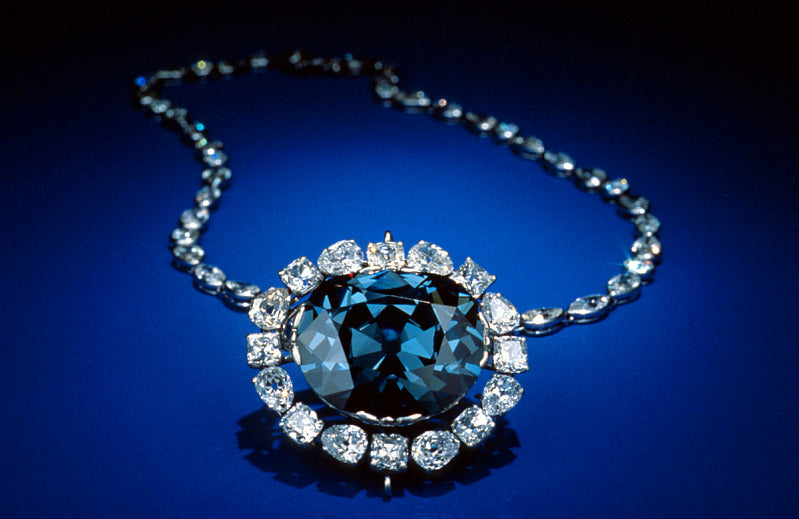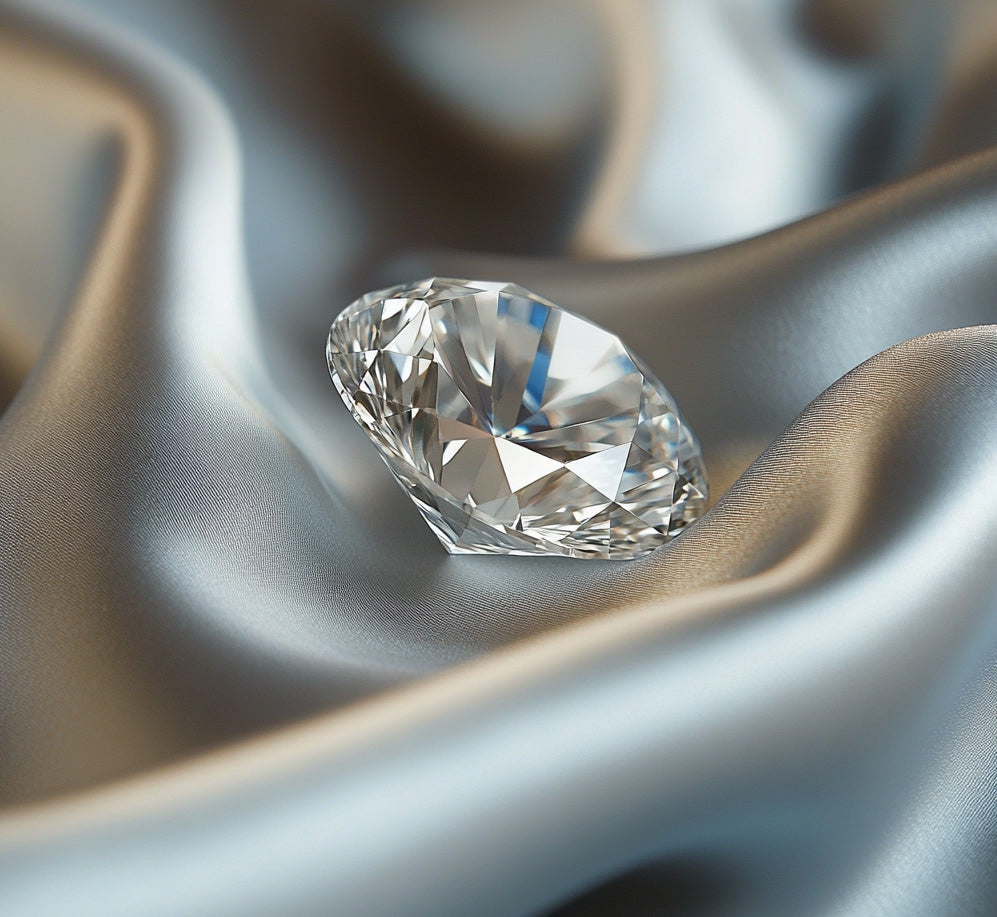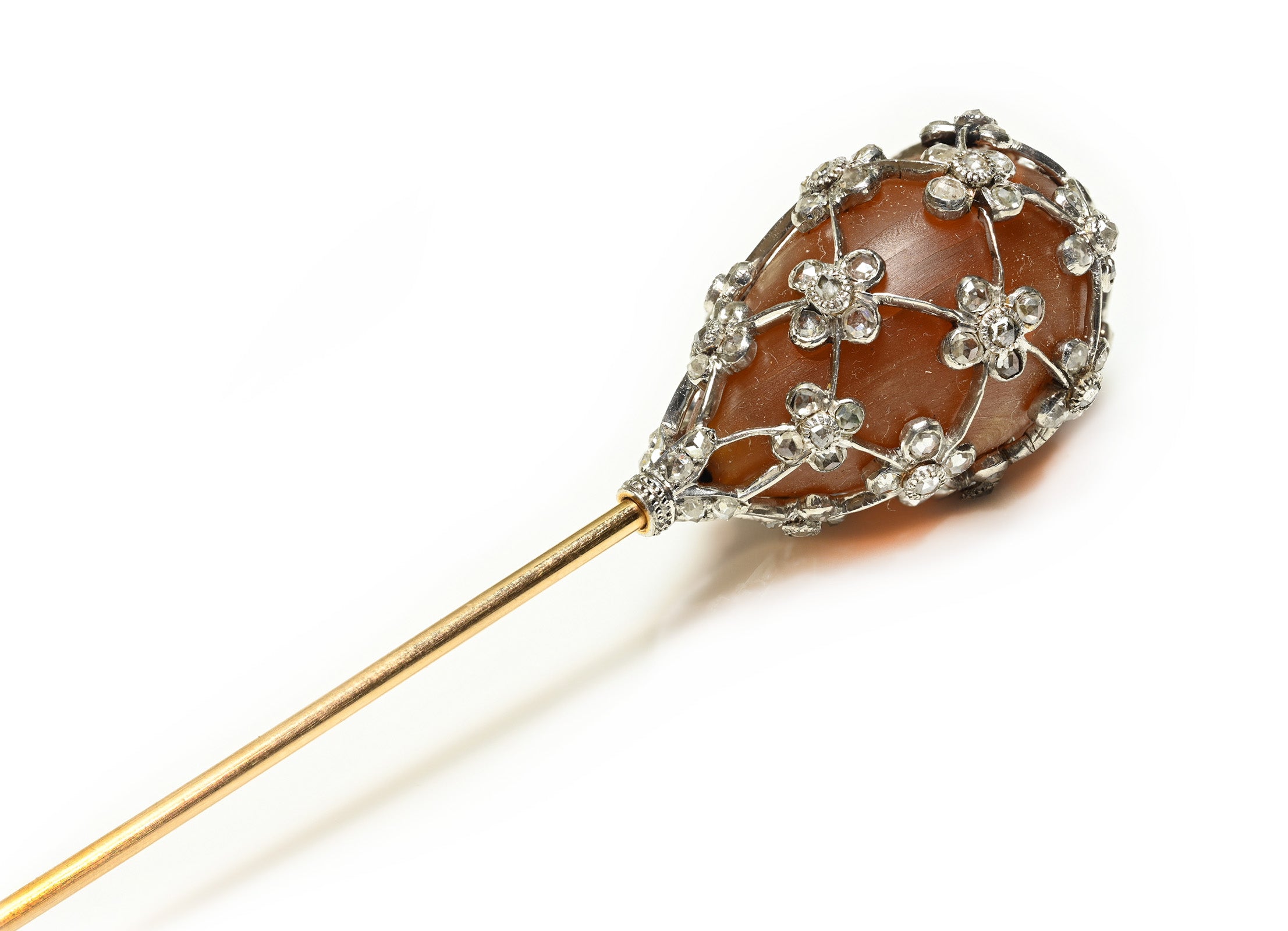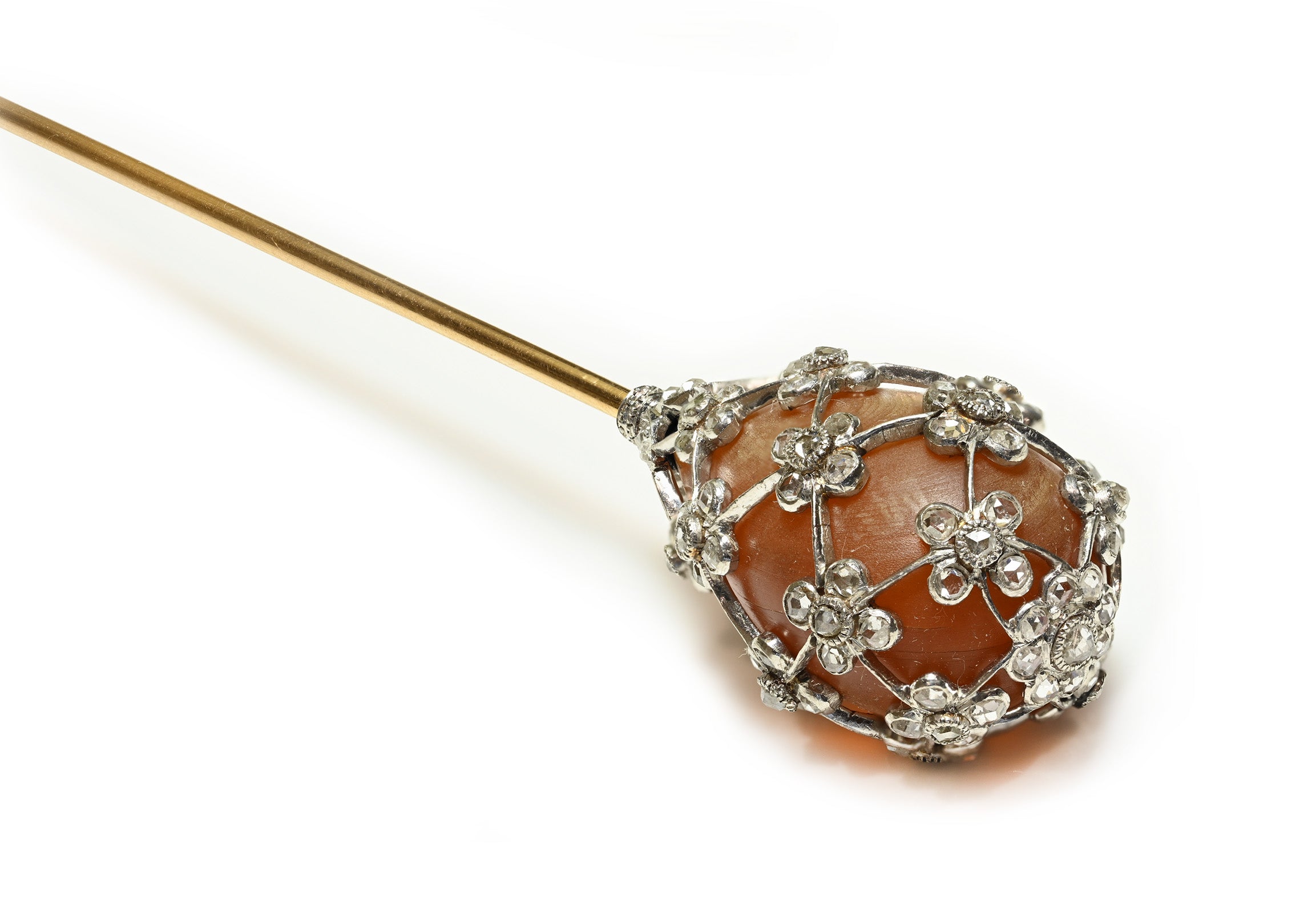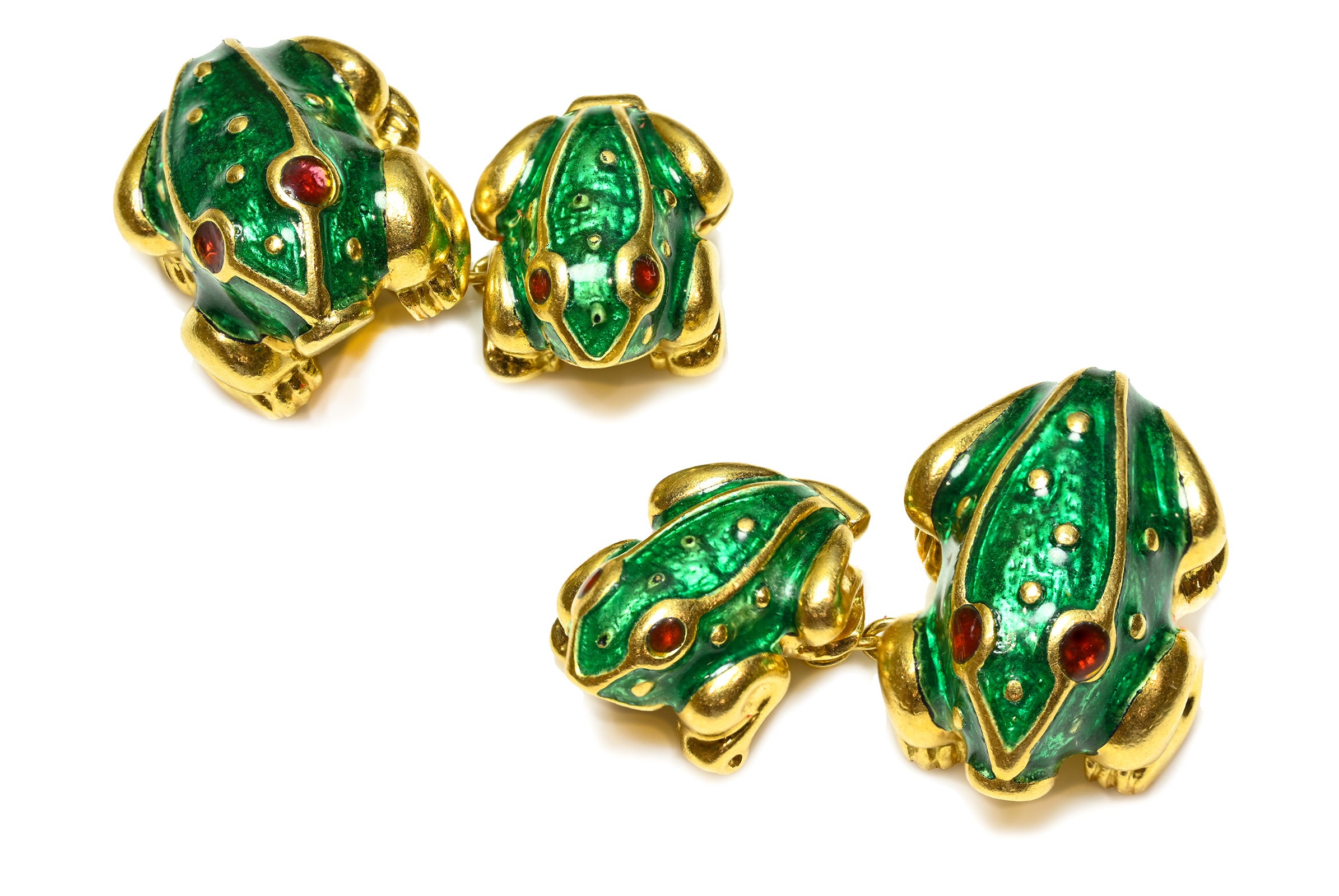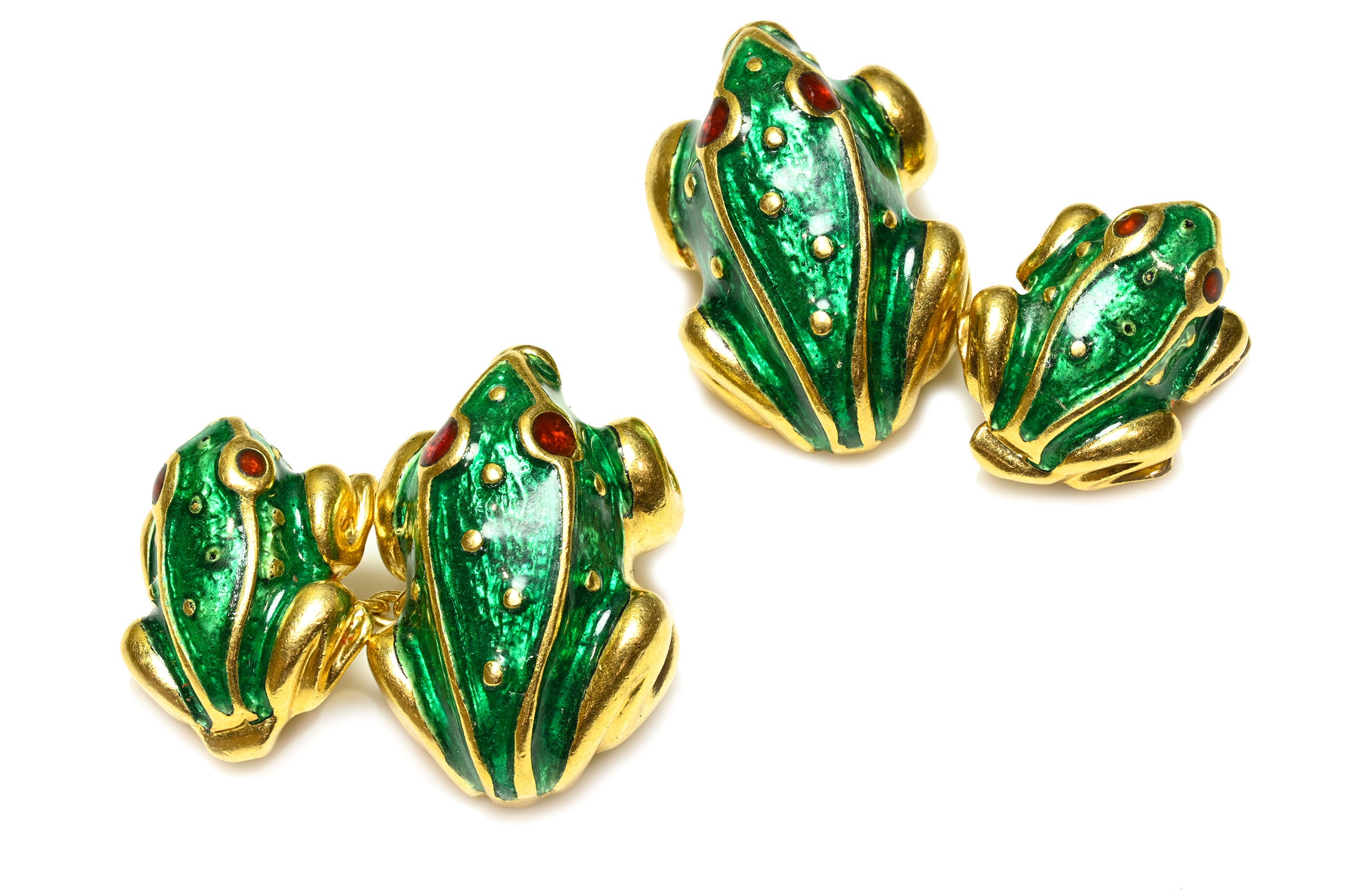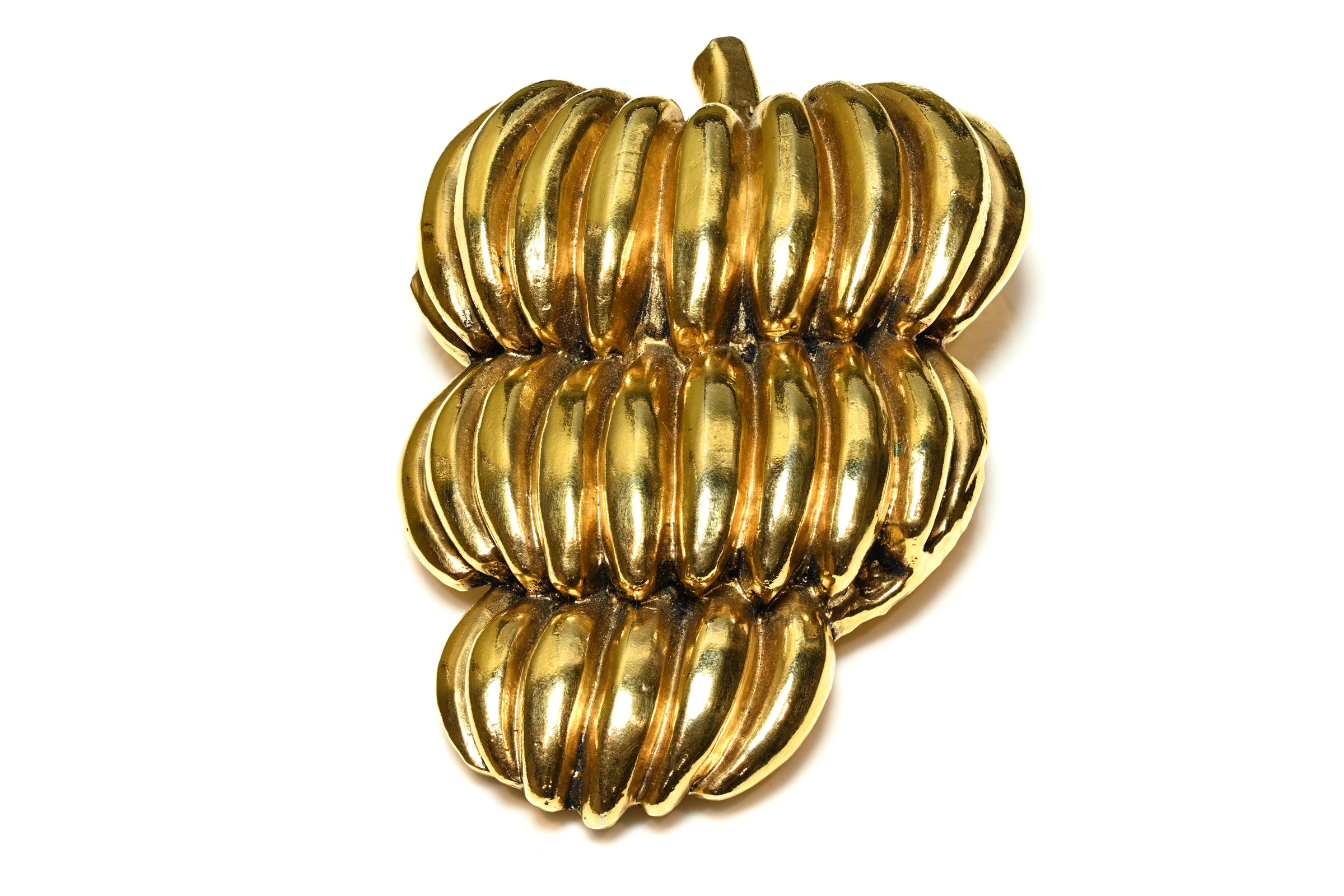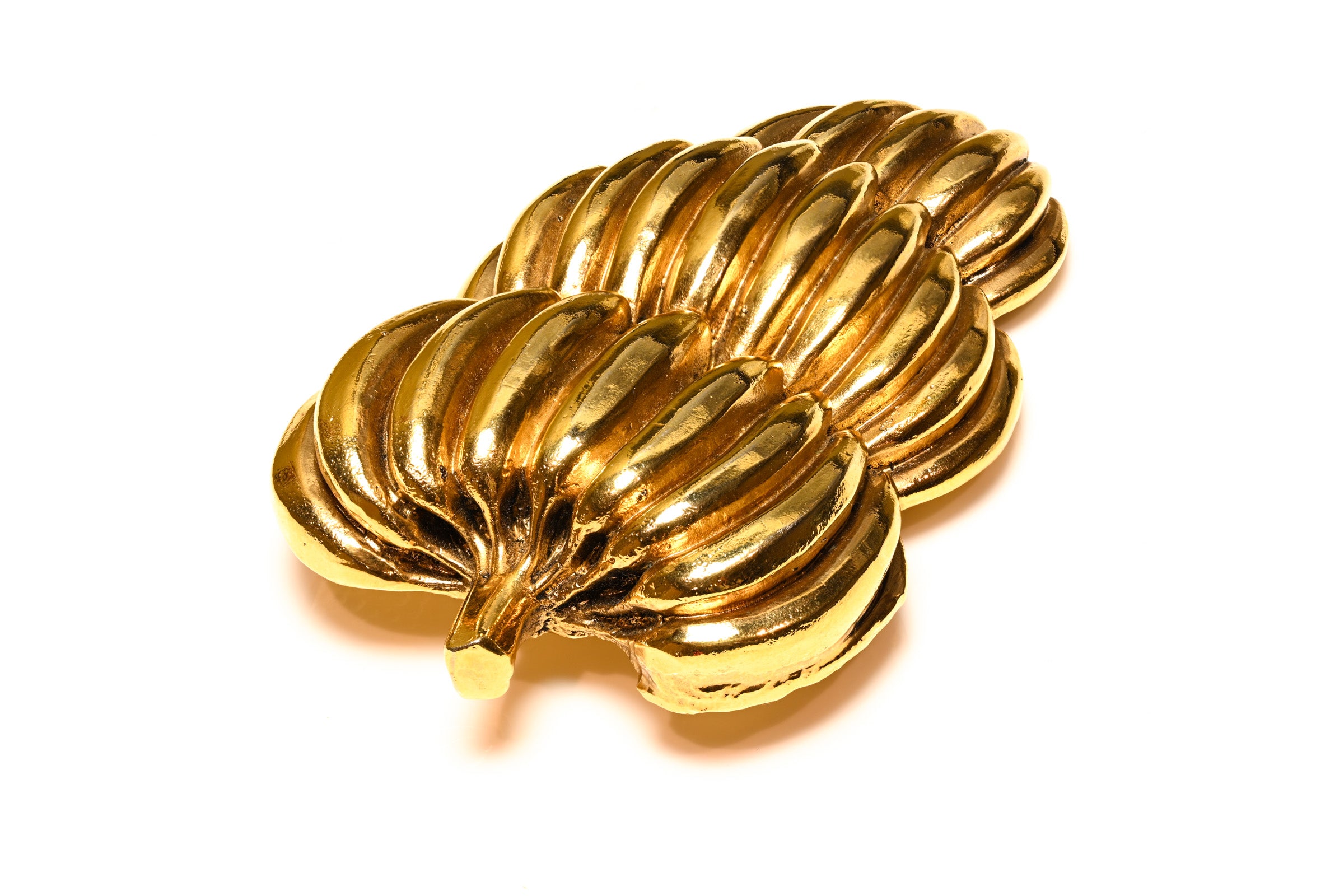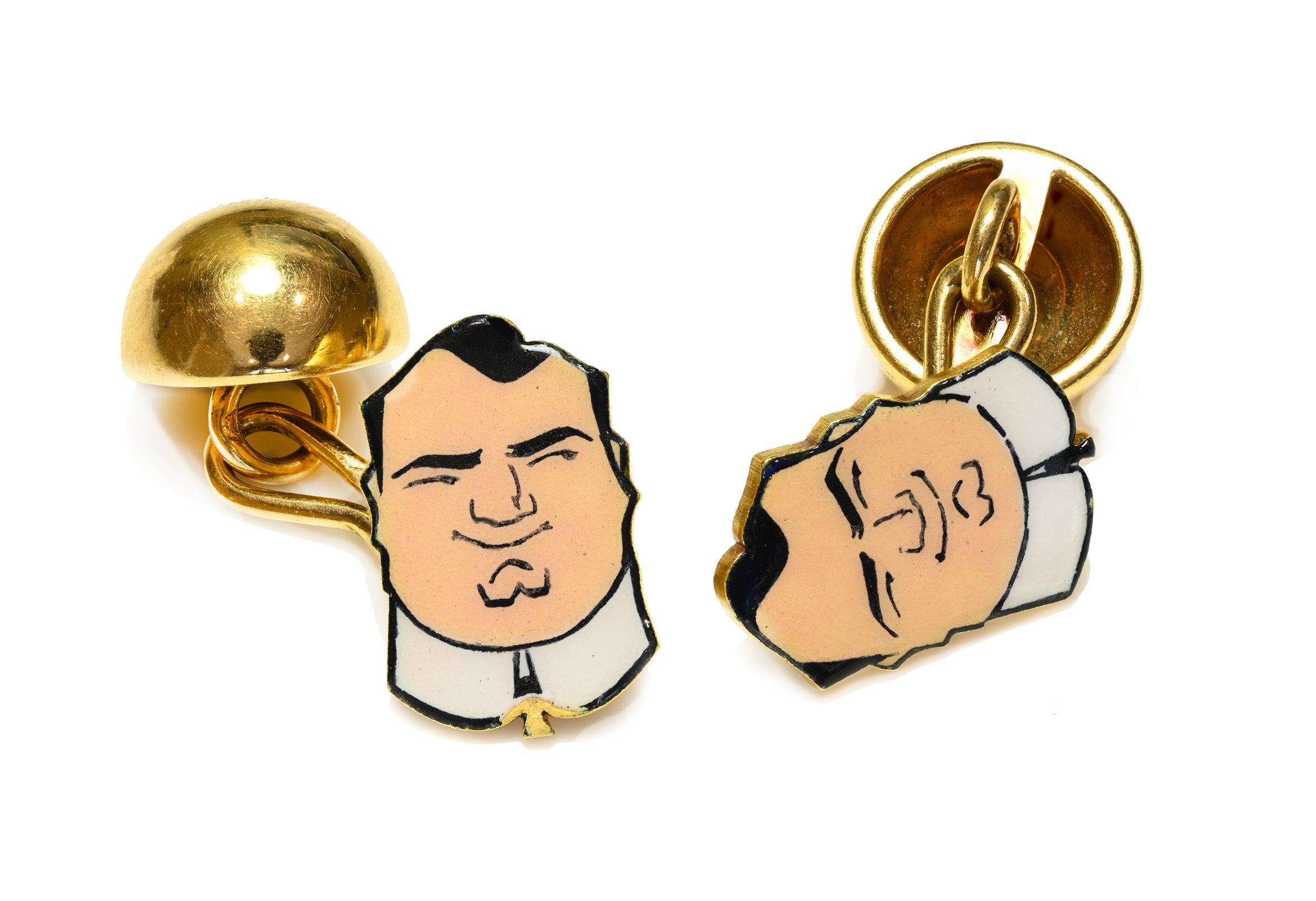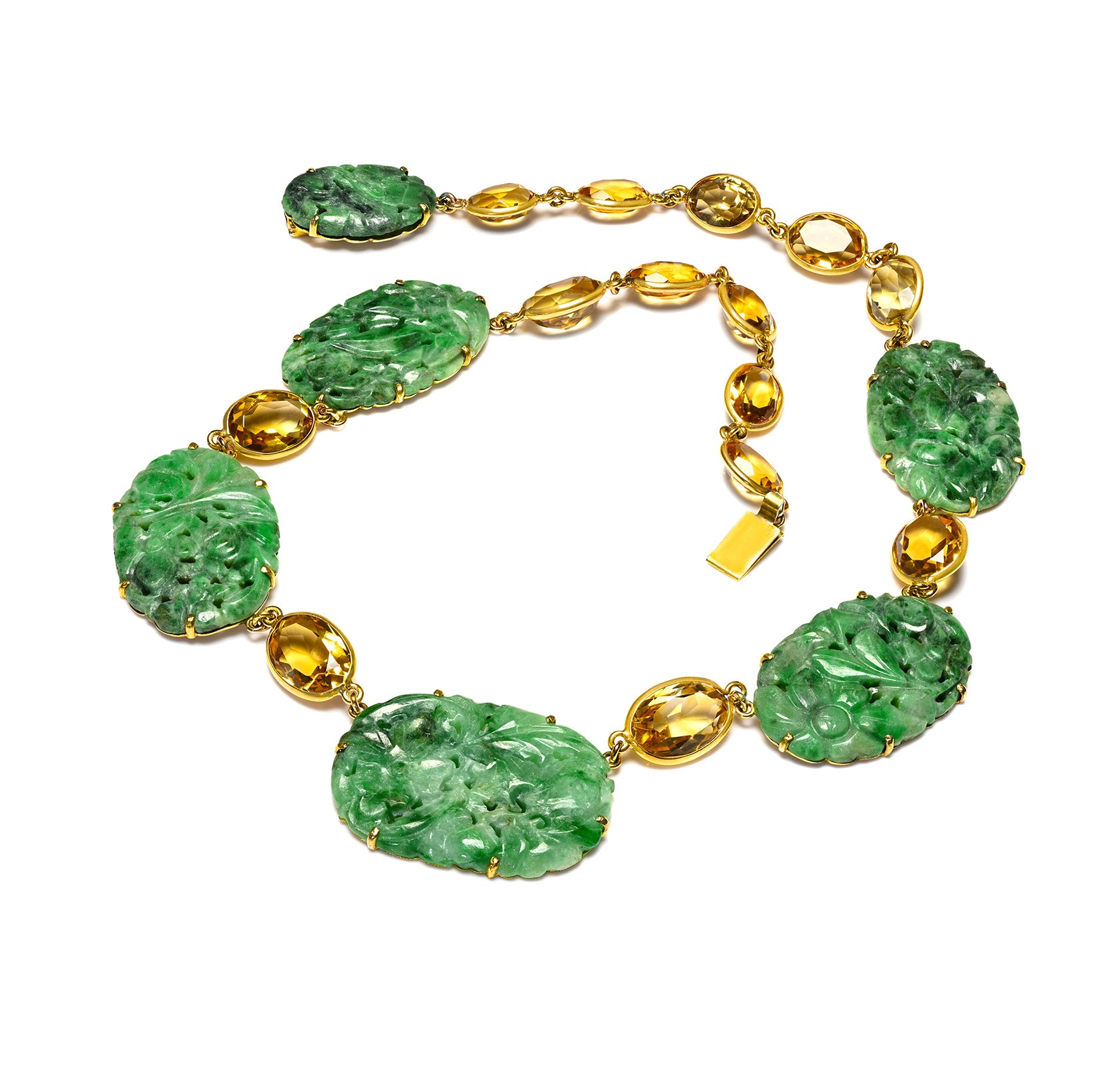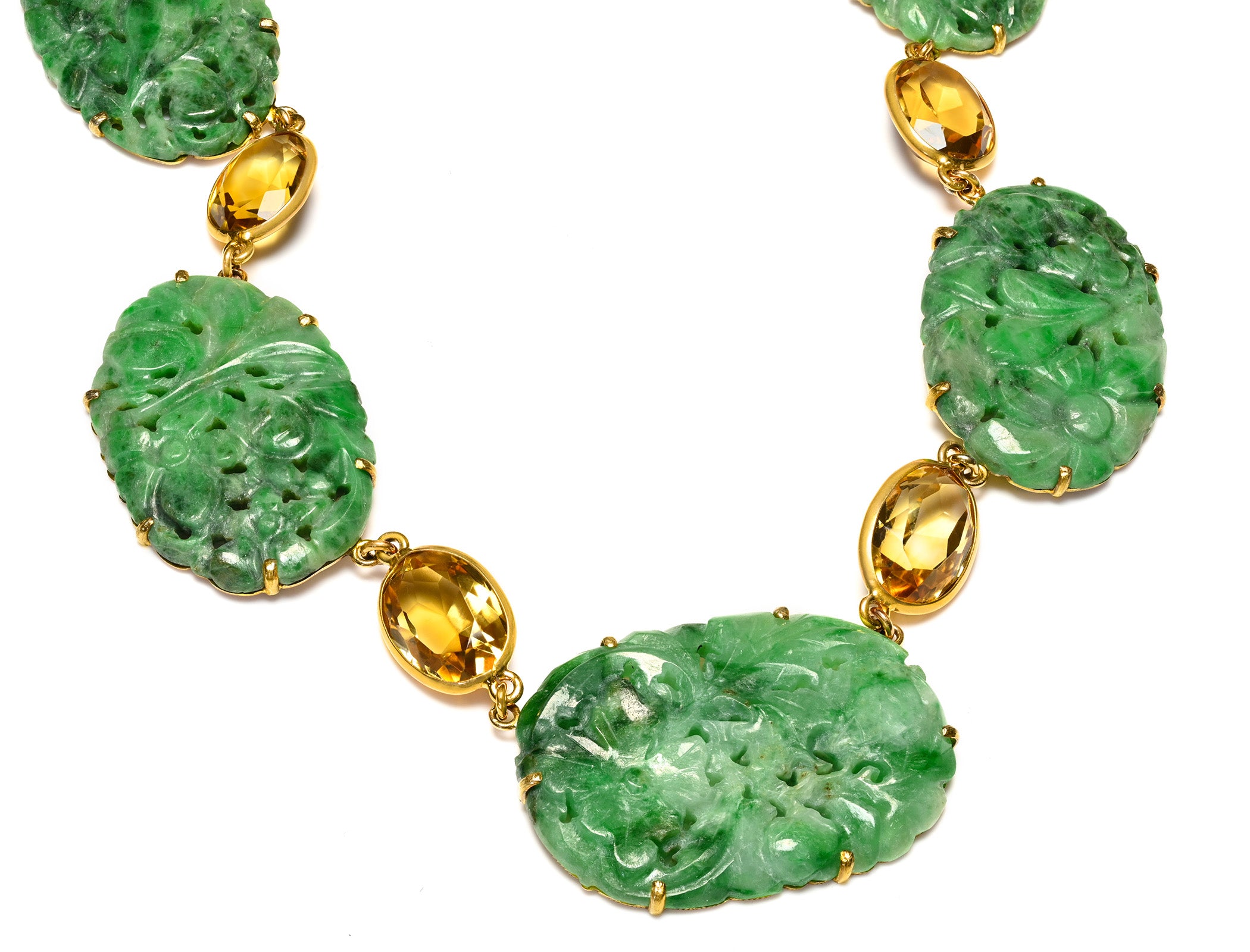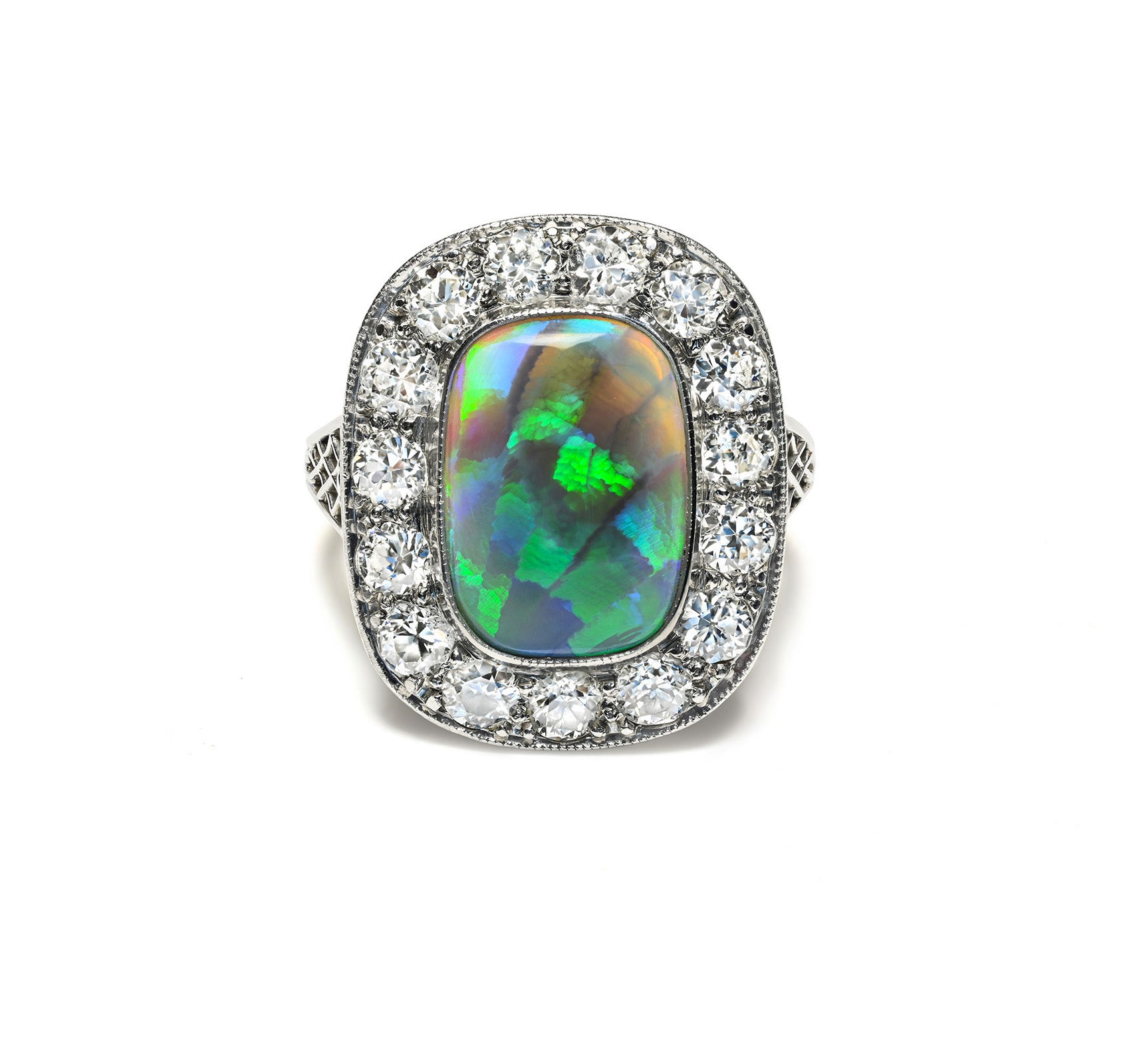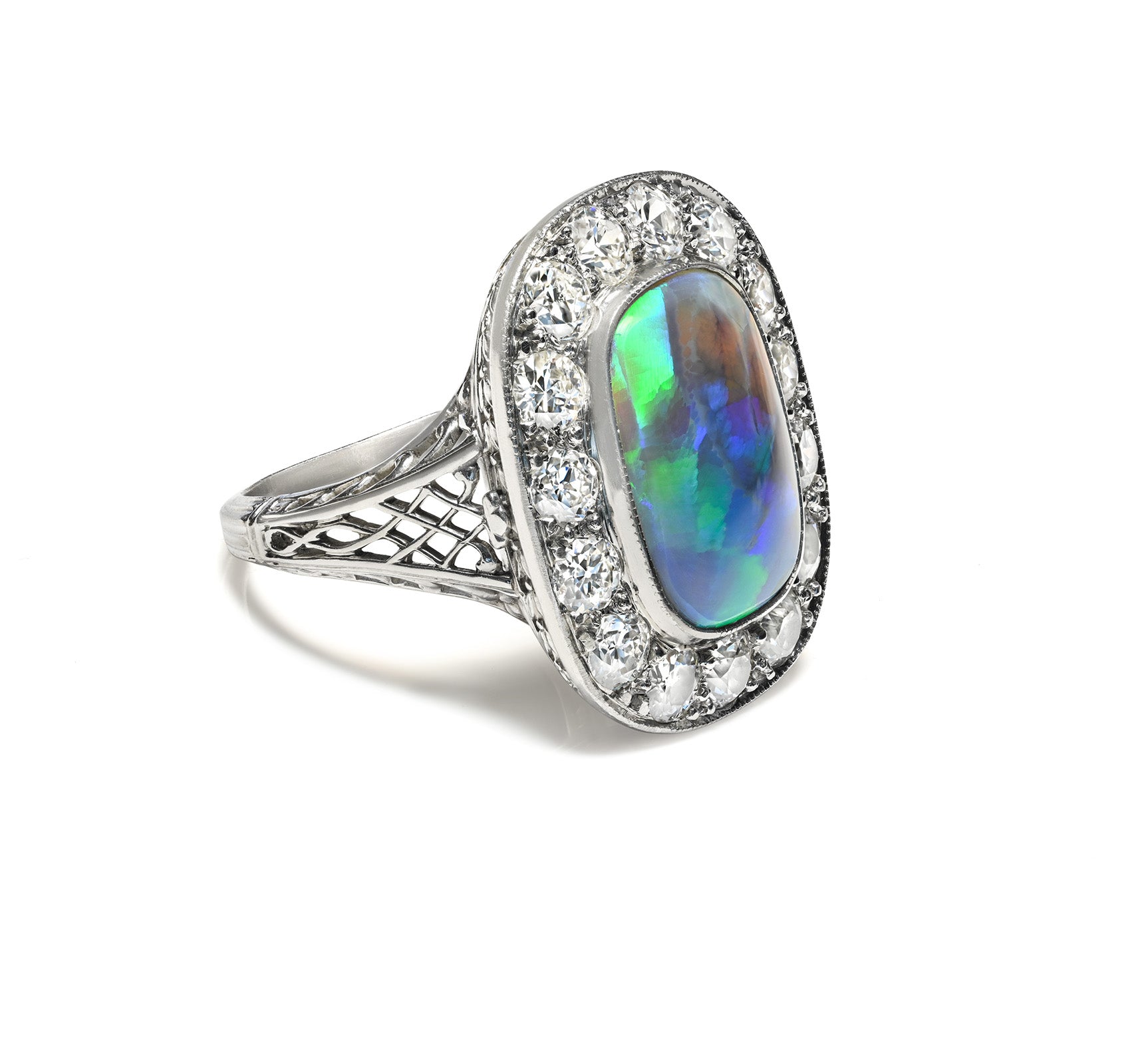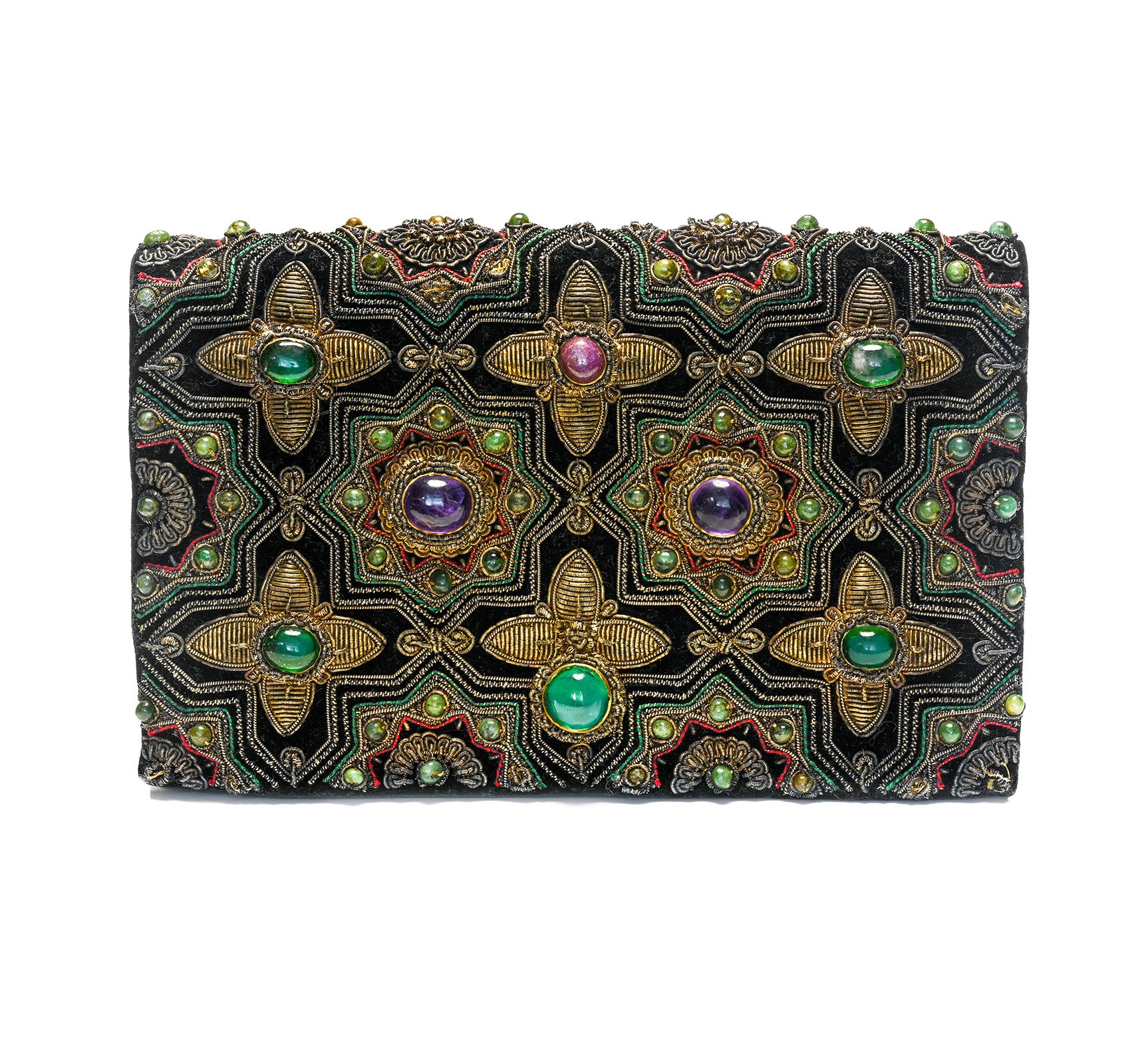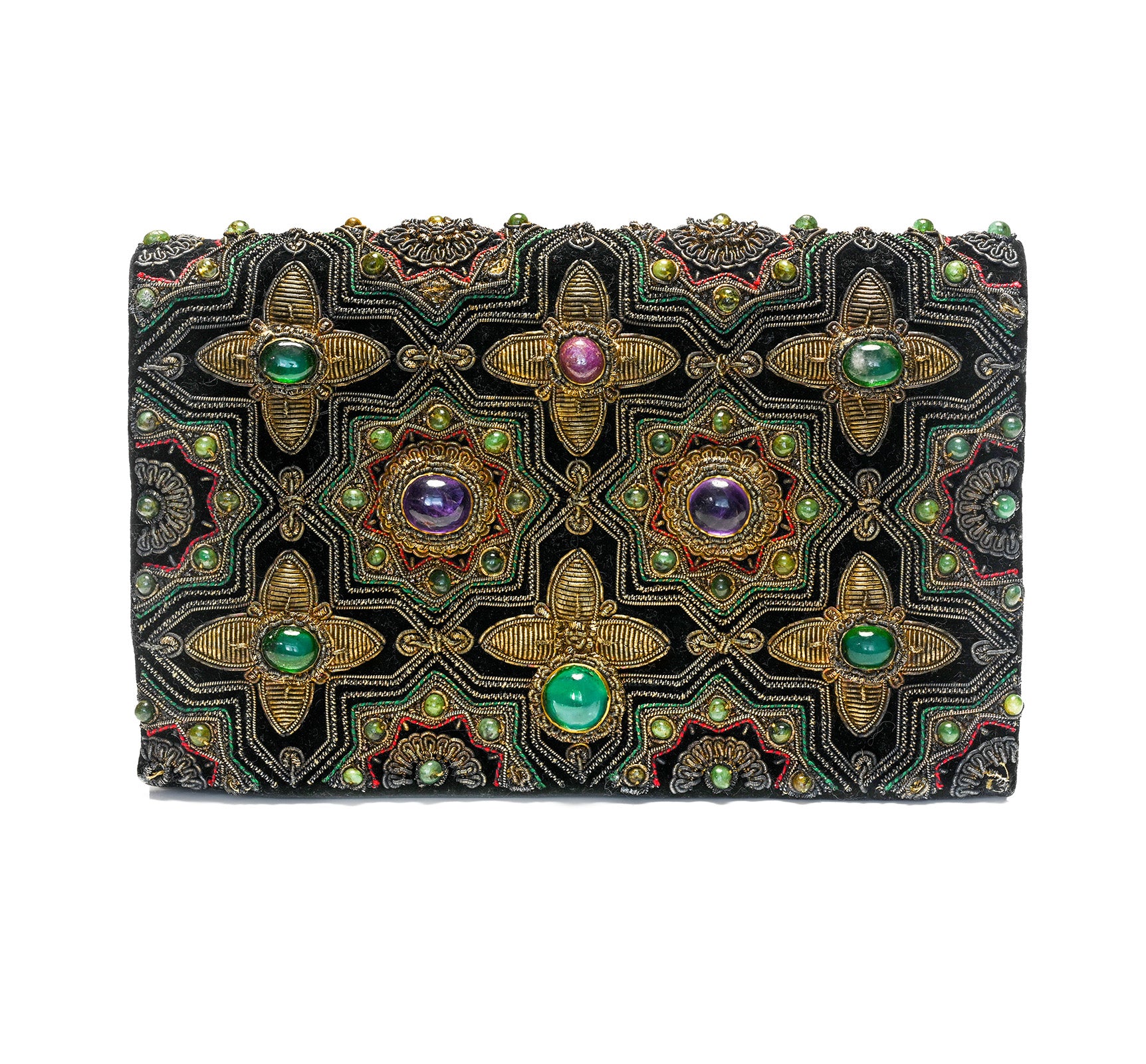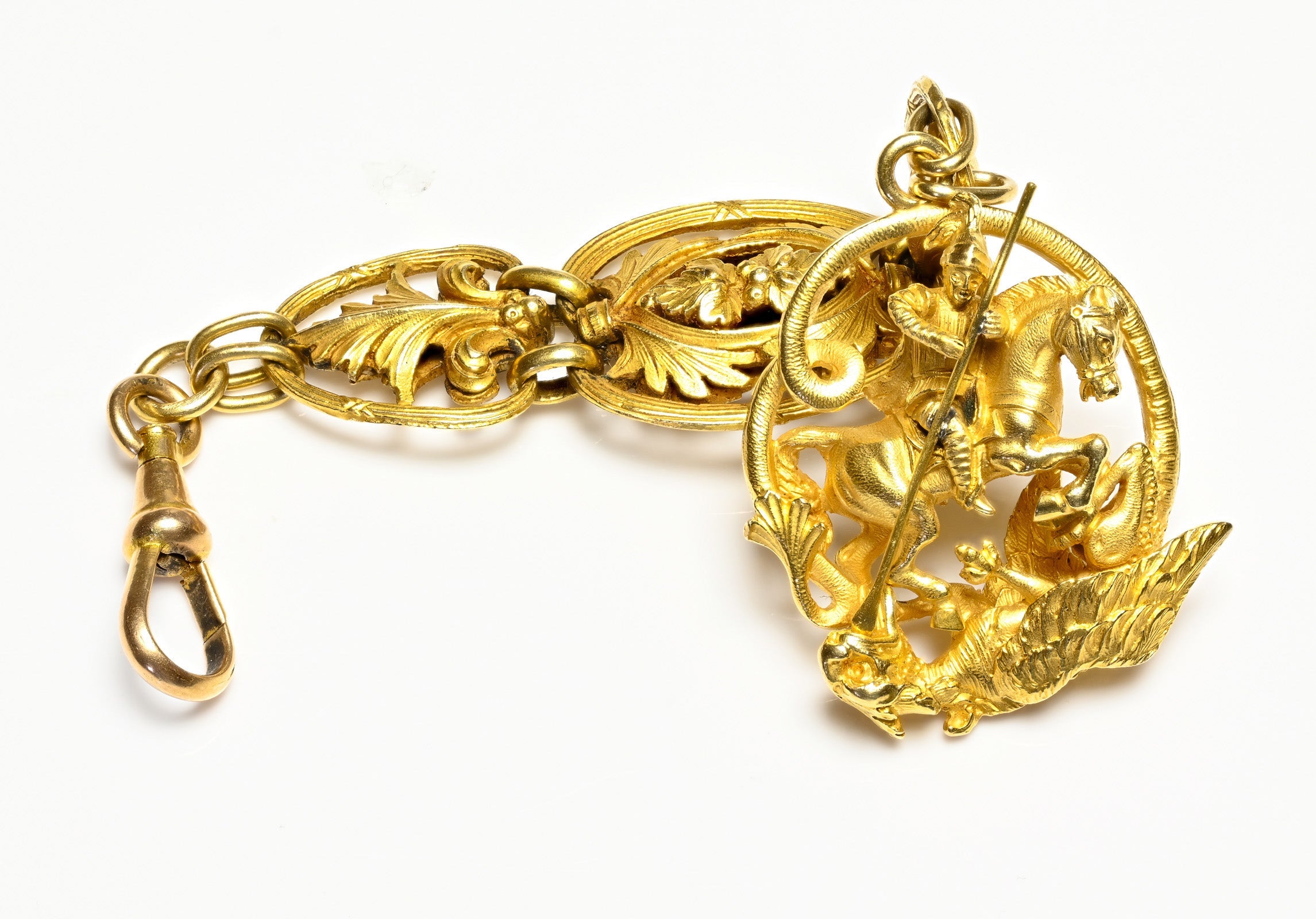
The Fascination with Jewels Depicting Mythical Creatures
Jewelry has long served as a rich canvas for cultural and artistic expression, often showcasing mythical creatures as its focal point. Dragons, griffins, and other legendary beings come to life in exquisite designs, transforming precious metals and gemstones into symbols of power and mystery.
These captivating adornments not only reflect timeless tales but also weave a spellbinding narrative through their intricate craftsmanship and enchanting details.
Key takeaway: This blog will explore notable pieces of jewelry that depict mythical creatures, their historical context, and their cultural impact.
We'll dive into the world of jewels featuring mythical creatures. Here's what you can expect to discover:
- The rich history that connects mythology and jewelry design.
- Iconic examples like the Phoenix Jewel associated with Queen Elizabeth I.
- The skill and artistry behind these timeless pieces.
- Modern trends that bring new life to ancient myths.

What you'll learn: The lasting influence of mythical creature jewels and how they continue to inspire today's designers. Whether you're passionate about history or love jewelry, get ready to be captivated by the stories and importance behind these extraordinary creations.
1. Historical Significance of Mythical Creatures in Jewelry
Historical jewelry often reflects the rich tapestry of cultural beliefs and symbolism that defined various civilizations. Mythical creatures have been a cornerstone in this intricate art form, serving not just as decorative elements but as profound cultural symbols.
Dragons in Chinese Culture
Dragons are perhaps the most iconic mythical creatures in Chinese culture. These serpentine beings symbolize power, strength, and good fortune. In ancient China, dragon motifs were commonly found in jewelry pieces worn by emperors and nobility.
Materials: Gold, jade, and precious stones were often used to craft dragon jewelry.
Design Elements: Intricate scales, elongated bodies, and fierce expressions typify these designs.
Griffins in Ancient Greece
In ancient Greece, griffins—creatures with the body of a lion and the head and wings of an eagle—were popular motifs. They represented divine power and protection.
Materials: Often crafted from gold or bronze.
Design Elements: Griffin jewelry typically featured detailed feathering on the wings and a muscular lion's body.
Mythology's Role in Artistic Expression
Mythology has always played a crucial role in shaping artistic expression. Jewelry designers drew inspiration from myths to create pieces that were not only beautiful but also rich in meaning.
Examples Across Time Periods
Medieval Europe: Unicorns symbolizing purity were frequently incorporated into brooches and pendants.
Ancient Egypt: Scarab beetles representing rebirth adorned rings and amulets.
Renaissance Italy: Mermaids depicted in necklaces symbolized allure and mystery.
The enduring appeal of mythical creatures in jewelry design showcases the timeless connection between art and mythology. These pieces transcend mere ornamentation, embodying stories, values, and beliefs that have been passed down through generations.
2. The Phoenix Jewel: A Case Study
The Phoenix Jewel, a stunning piece of jewelry owned by Queen Elizabeth I, perfectly illustrates the connection between mythology and royal symbolism in jewelry design.
This beautiful item is made of gold and features a phoenix, a legendary bird known for its cycle of dying and being reborn. The phoenix is shown rising from flames, representing renewal—a fitting symbol for the Tudor dynasty.
Design Features
Materials: Gold, which was often associated with divinity and immortality.
Imagery: The phoenix in flames, surrounded by intricate designs.
Roses: Entwined red and white roses, signifying the consolidation of England under Tudor rule.

Historical Significance
Queen Elizabeth I wore the Phoenix Jewel as a symbol of her reign's strength and purity. The imagery of the phoenix was more than just decoration; it was a powerful statement about Elizabeth's leadership and the enduring spirit of her rule.
The intertwined roses further emphasize this by referencing the end of the Wars of the Roses, symbolizing peace and unity under the Tudor banner.
Phoenix Symbolism and Tudor Rule
The phoenix represents renewal and chastity, two virtues closely aligned with Elizabeth's public persona:
Renewal: Just as the phoenix rises anew from its ashes, Elizabeth's reign marked a period of revival in English history—culturally, politically, and economically.
Chastity: The bird’s purity resonated with Elizabeth's image as the "Virgin Queen," emphasizing her commitment to her country over personal alliances.
This jewel thus served multiple purposes: it was an object of beauty, a political statement, and a piece imbued with deep cultural meaning. It encapsulated both personal virtues that Elizabeth wanted to project and broader themes central to her rule.
The Phoenix Jewel remains a testament to how mythical creatures can be interwoven with historical narratives, creating pieces that are not just accessories but storytellers in their own right.
3. Iconic Examples Beyond the Phoenix Jewel
When it comes to mythical creature jewels, there are several other notable designs that come to mind, each with its own historical context and cultural significance.
Dragon Brooches
Dragons often symbolize power, wisdom, and protection. In Chinese culture, dragon motifs are closely tied to imperial authority. A classic example is the Dragon Brooch from the Qing Dynasty. Crafted in gold and adorned with jade and pearls, this piece wasn't just a display of wealth but also a talisman believed to ward off evil spirits.
Griffin Rings
Griffins, with the body of a lion and the head of an eagle, represent strength and vigilance. In ancient Greece and Rome, griffins were commonly used in both jewelry and architectural designs. The Griffin Ring from ancient Rome is particularly noteworthy. Made from gold and set with precious gemstones, it was worn by military leaders as a symbol of their prowess in battle.
Mermaid Necklaces
Mermaids have long been symbols of mystery and allure. The Mermaid Necklace from the Victorian era showcases intricate craftsmanship. This piece features a mermaid carved from mother-of-pearl, surrounded by sapphires that mimic ocean waves. Reflecting Victorian fascination with the sea and mythology, it epitomizes romanticism in jewelry design.
Unicorn Pendants
Unicorns represent purity and magic. During the Renaissance, unicorn-themed jewelry became particularly popular among European nobility. The Unicorn Pendant from this period is adorned with diamonds and enamel work, capturing the creature's ethereal beauty. It symbolized virtue and was often gifted to young women as a token of innocence.
Pegasus Bracelets
Pegasus, the winged horse from Greek mythology, signifies inspiration and poetic genius. The Pegasus Bracelet from the Hellenistic period is an exquisite example of ancient jewelry craftsmanship. Made of gold with intricate filigree work, it was worn by poets or those aspiring to creative greatness.
These iconic pieces reflect the values or beliefs of their time through their design elements:
Power: Dragon brooches symbolizing imperial strength.
Protection: Griffins acting as guardians.
Mystery: Mermaids evoking the enigmatic allure of the sea.
Purity: Unicorns representing innocence.
Inspiration: Pegasus inspiring creativity.
Each jewel tells its own story, blending artistry with cultural symbolism to create timeless pieces that continue to captivate us today.
4. The Artistry Behind Mythical Creature Jewels
Creating jewelry that depicts mythical creatures is a true testament to the artistry and craftsmanship involved. These pieces are not just simple adornments but intricate works of art that require skill, precision, and a deep understanding of both materials and mythological symbolism.
Craftsmanship: Materials and Their Significance
Gold and Silver: Frequently used in mythical creature jewels, gold symbolizes wealth, power, and eternity, while silver represents purity and moonlight.
Gems and Enamels: Precious stones like rubies, sapphires, and emeralds often embellish these pieces. Each gem carries its own significance—rubies for passion and protection, sapphires for wisdom and royalty, and emeralds for renewal.
Pearls: Known for their lustrous beauty, pearls often symbolize purity and transformation.
Enamel Work: Enameling adds vibrant colors to the designs, making the mythical creatures come alive with intricate detailing.
Artistic Techniques Bringing Myths to Life
Jewelry depicting mythical beings often combines various artistic techniques:
Engraving: This technique involves carving designs into the metal surface. It allows for detailed representation of creatures like dragons or griffins with their scales, feathers, or fur meticulously etched.
Filigree: Using thin wires of gold or silver twisted into elaborate patterns, filigree work can add a delicate yet complex structure to jewelry pieces.
Repoussé and Chasing: These ancient techniques involve shaping metal by hammering from the reverse side (repoussé) or detailing from the front (chasing), providing depth and texture to the designs.
Stone Setting: Expertly setting gemstones to enhance the overall design is an art in itself. Claws or bezels hold the gems securely while showcasing their brilliance.
Bringing Mythical Beings to Life
Crafting these jewels requires not only technical skill but also an imaginative vision:
"Jewelry artisans must capture the essence of the mythical creature they are depicting."
The depiction of a dragon might show its fierce gaze and powerful stance, while a phoenix might be illustrated mid-flight with flames elegantly curling around it.
The artistry behind these creations lies in balancing mythological accuracy with aesthetic appeal. Techniques like enamel work add vibrant hues, while engraving ensures that every scale or feather is precisely rendered. Filigree can create intricate patterns that mimic natural forms found in these legendary creatures.
Through a combination of traditional craftsmanship and innovative design techniques, jewelers bring mythical beings from ancient lore into tangible forms that captivate and inspire.
5. Contemporary Trends in Mythical Creature Jewelry
Modern jewelry trends are seeing a resurgence of mythological symbols, bringing ancient legends to life through contemporary design. Today, mythical creatures like unicorns, mermaids, and dragons are experiencing a revival in popularity, each representing different elements of fantasy and imagination.
Unicorns
Often associated with purity and magic, unicorns have become a beloved symbol in modern jewelry. Designers incorporate this enchanting creature into pendants, rings, and earrings using materials like gold, silver, and even colorful gemstones to capture its ethereal essence.
Mermaids
Representing mystery and allure, mermaids are another popular motif. Jewelers craft intricate pieces featuring mermaid tails or full figures, often adorned with pearls and oceanic hues to reflect their aquatic origins.
Dragons
Symbolizing power and protection, dragons continue to captivate the imagination. Modern artisans create dragon-themed pieces that range from bold statement necklaces to delicate charm bracelets, utilizing intricate metalwork and vibrant stones to bring these mythical beasts to life.
Modern artisans draw inspiration from ancient myths while adding their own unique twists. Techniques like 3D printing allow for more detailed and innovative designs that might have been impossible in earlier eras. By blending traditional craftsmanship with cutting-edge technology, jewelers can reinterpret legendary creatures in ways that feel both timeless and contemporary.
Artisans also experiment with mixed media, combining unconventional materials such as resin or enamel with precious metals to create striking contrasts. This approach not only highlights the fantastical nature of these creatures but also appeals to a wide range of aesthetic preferences.
Mythical creature jewelry today is not just about adornment; it’s a form of storytelling. Each piece carries a narrative that connects the wearer to ancient myths and personal interpretations, making these jewels as meaningful as they are beautiful.
6. Cultural Impact of Mythical Creature Jewelry
Mythical creature jewels often serve as powerful symbols of cultural identity and protection across various societies. These adornments do more than just embellish; they embody the myths, values, and beliefs of the cultures they hail from.
Representations of Power and Protection
Mythical creatures in jewelry are frequently seen as talismans or amulets believed to offer protection and confer power upon the wearer. For instance:
Dragon Amulets in Asian Cultures: The dragon is a potent symbol in Chinese mythology, representing strength, power, and good fortune. Elaborate dragon amulets crafted from jade or gold are not merely ornamental but are thought to bring luck and safeguard against evil spirits.
Griffin Motifs in European Heraldry: The griffin, a creature with the body of a lion and the head and wings of an eagle, symbolizes courage and guardianship. In ancient Greece and medieval Europe, griffin motifs adorned shields, helmets, and jewelry to signify nobility and protection.
Examples Showcasing Cultural Impact
Japanese Oni Masks: Oni are mythical demons in Japanese folklore. Gold or silver rings featuring oni masks were worn as protective charms to ward off misfortune.
Hamsa Hand with Eye: While not a creature per se, the hamsa hand often includes an eye motif believed to protect against the evil eye. This design is prevalent in Middle Eastern jewelry, blending mythological beliefs with cultural identity.
Viking Raven Pendants: Ravens hold a significant place in Norse mythology as messengers for Odin. Viking raven pendants made from silver or bronze served as amulets to invoke wisdom and guidance from the gods.
The cultural impact of mythical creature jewelry extends beyond aesthetics. These pieces continue to be cherished as powerful symbols that connect individuals with their heritage while offering a sense of protection and strength.
The Lasting Impact of Mythology in Jewelry Design
Mythical creature jewelry has always been more than just decoration. These pieces capture the essence of ancient tales, embodying cultural values, and artistic brilliance.
The lasting impact of such jewels lies in their ability to transcend time, continuously inspiring new generations with their intricate designs and deep symbolism.
Discover the enchanting world of mythical creatures captured in jewelry. Explore our exclusive collection of jewels featuring legendary beings at the DSF Antique Jewelry online store and find the perfect piece that tells its own captivating story.



